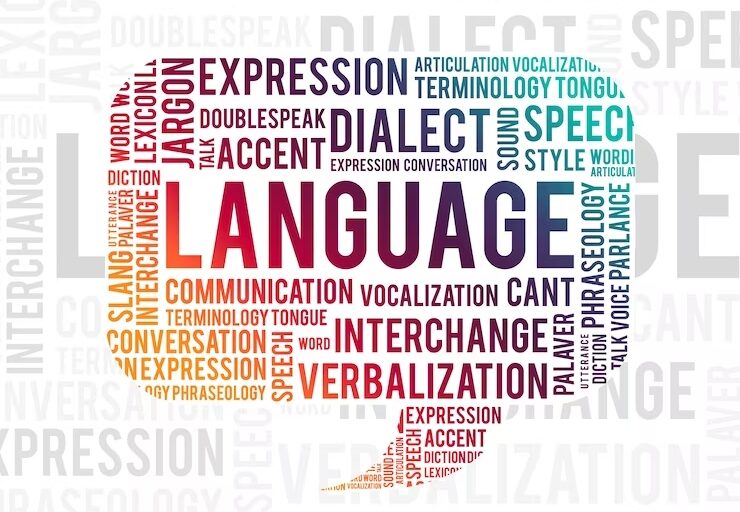Breaking Down the Barriers of Language: A Look at Real-Time Translation
Language can be a great unifier and a significant barrier in today’s world. In our increasingly globalized world, it is not uncommon for people to speak different languages and to have difficulty understanding one another.
Companies and organizations are increasingly turning to real-time translation technology to combat this. This technology can not only bridge language barriers but also help to build understanding and collaboration between people of different nations, cultures, and backgrounds.
This blog post will explore the different types of real-time translation technology currently available and how they are used to break down language barriers. Keep reading!
The Current State of Real-Time Translation
With the rise of globalization, real-time translation technology has become increasingly important. It enables people to communicate in multiple languages using language-translating headphones.
It is used in many areas, such as business, education, and healthcare, and is becoming increasingly vital for global communication.
Benefits of Using Real-Time Translation
Real-time translation provides many benefits to people in various situations.
- It eliminates the need for multiple people to speak the same language. By using real-time translation, people can communicate with each other despite speaking different languages. Business meetings, conferences, and other settings can be conducted without an interpreter, saving time and money.
- Real-time translation allows for more conversational dialogue. Instead of relying on a third party for translations, people can converse directly with each other. This improves the speed and accuracy of communication, making conversations smoother and more natural.
- Real-time translation can help bridge cultural and language barriers, making it easier for people from different backgrounds to share ideas and understand one another.
Technology Involved in Real-Time Translation
One of the most remarkable aspects of real-time translation technology is the range of technology involved. Much of the technology behind real-time translation relies on artificial intelligence, natural language processing, and machine learning. Automatic speech recognition, text-to-speech, and machine translation are all used to make real-time translation possible.
With the help of language translating headphones, real-time translation can take place across any language, and can understand and translate speech and text in a matter of seconds.
Potential Applications of Real-Time Translation
Real-time translation has the potential to break down language barriers in a variety of settings. Here are seven potential applications:
- Healthcare providers could communicate with patients from around the world in their native language. This could enable better patient care, regardless of language.
- Education: Real-time translation would make it easier for instructors and students to communicate in classrooms with students from different countries.
- Business: Companies could facilitate seamless communication between individuals who don’t speak the same language, making it easier to conduct international business.
- Tourism: Real-time translation would be a great help to travelers who are visiting a foreign country. It would enable them to communicate with locals and navigate their way around.
- Journalism: Real-time translation would enable journalists to communicate with sources in other countries in their native language.
- Law Enforcement: Real-time translation could be useful to police officers who must communicate with individuals who don’t speak the same language.
- Military: Real-time translation could be invaluable in international military operations, making it easier for soldiers to communicate with their allies.
Future Outlook of Real-Time Translation
The future outlook of real-time translation is an exciting one. As technology advances and natural language processing systems become more reliable, real-time translation has the potential to break down language barriers.
It has the power to unlock new opportunities for international communication and collaboration.
Final Word
Real-time translation technology is an incredibly valuable tool in breaking down language barriers. It has the potential to revolutionize the way we communicate with people of different cultures, allowing us to interact in real-time with anyone in the world.
Utilizing this technology can open up new opportunities for education, travel, and business, reducing misunderstandings and increasing understanding and appreciation of different cultures.


















